Behind the fluffy Instagram photos is a reality few owners are prepared to handle.

Sheepadoodles look like stuffed animals come to life, but the reality of owning one is not as soft and cuddly. These dogs have energy levels that push people to exhaustion, grooming needs that rival celebrity hair care, and behavior quirks that can take years to manage. For families swept up in the hype, the dream of a perfect, low-shedding, sweet-natured dog sometimes turns into one expensive, chaotic learning experience.
1. Grooming costs feel endless.

As stated by the American Kennel Club, Sheepadoodles often need professional grooming every four to six weeks to prevent painful matting and maintain coat health. Their hair traps debris and tangles fast, and skipping appointments means dealing with uncomfortable skin issues.
For owners, this translates into a hefty financial and time commitment. Brushing multiple times per week between grooming sessions becomes the norm, and grooming bills can rival monthly utility costs. The fluffy aesthetic comes at a price most new owners underestimate.
2. That high intelligence works against you.
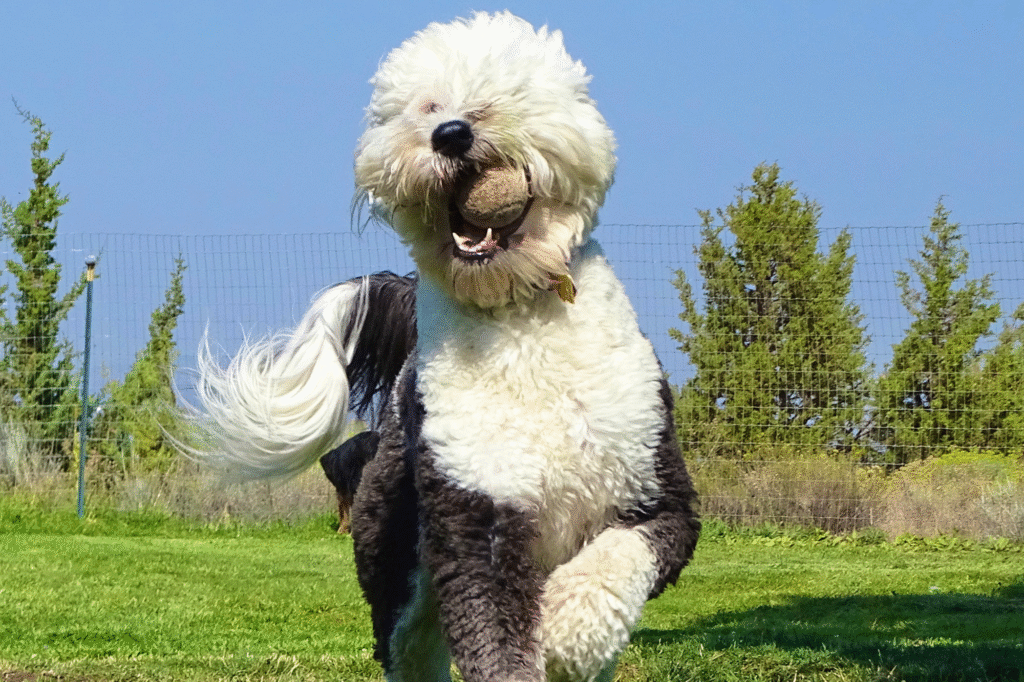
According to DogTime, Sheepadoodles inherit intelligence from both Poodles and Old English Sheepdogs, which means they get bored quickly. Boredom for this breed often leads to destructive behaviors, including chewing furniture, digging up yards, or herding children.
Keeping them mentally stimulated takes daily training and puzzle-style enrichment toys. Without that, they use their brains to invent chaos. It can feel like living with a toddler who never outgrows the “why not” phase, which leaves many owners scrambling to stay ahead of their dog’s next idea.
3. Energy levels wear people down fast.
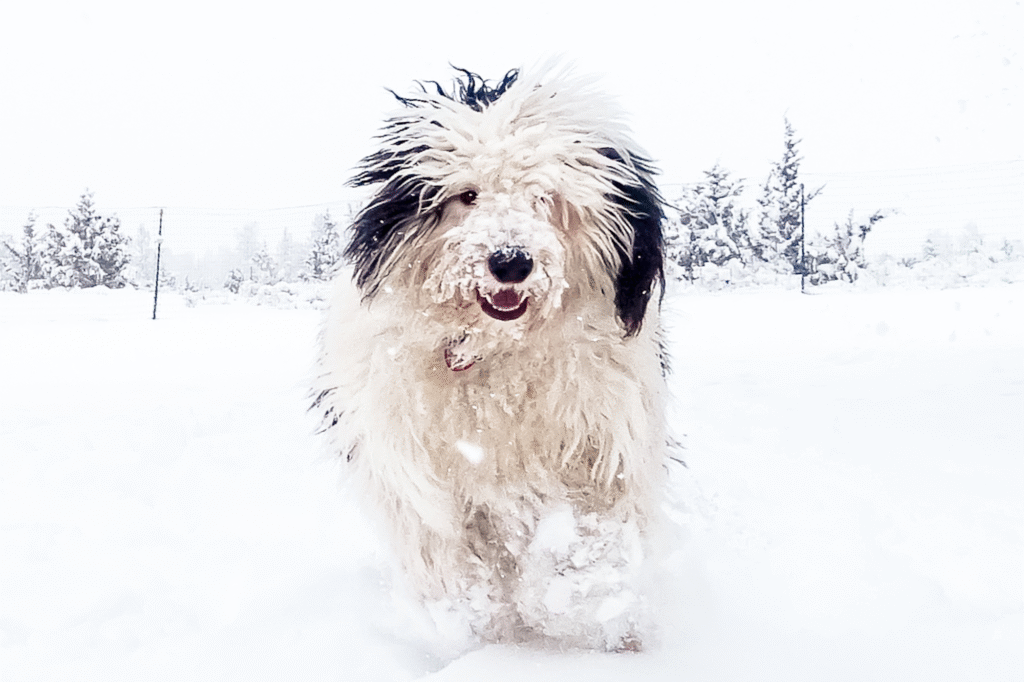
As reported by PetMD, Sheepadoodles thrive on high-intensity activity and require much more exercise than many first-time dog owners expect. A simple daily walk rarely satisfies their needs, leading to pent-up energy and behavior issues.
For busy families, meeting these demands can feel overwhelming. Dog parks, agility classes, and long runs often become a regular part of life, and skipping them shows fast. Without constant outlets, these dogs can develop destructive habits that frustrate even experienced dog owners.
4. Separation anxiety hits harder than expected.

Sheepadoodles often become deeply attached to their owners, which sounds sweet until you have to leave the house. Extended time alone can lead to barking, destructive chewing, or even attempts to escape confinement.
Addressing this level of anxiety often means structured training and sometimes outside help from behaviorists. Owners who work long hours or travel frequently find themselves juggling guilt and unexpected costs for doggy daycare or pet sitters.
5. That herding instinct does not go away.
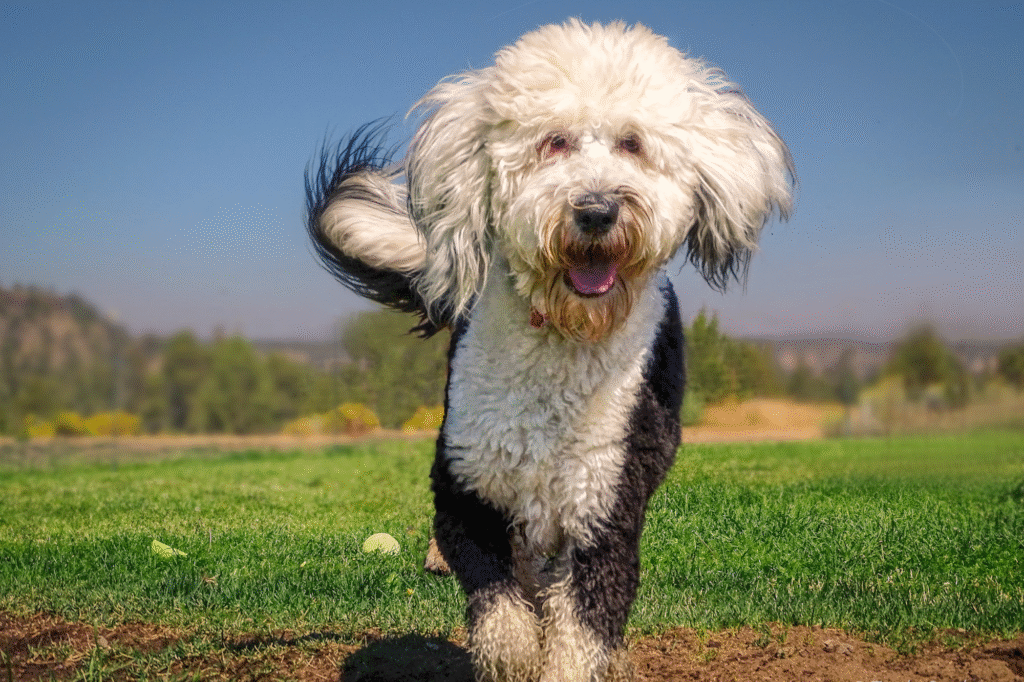
Inherited from the Old English Sheepdog side, many Sheepadoodles instinctively herd children, other pets, or even adults. Nipping at heels and circling people in yards or hallways is a common complaint from frustrated owners.
Redirecting this behavior takes time and patience, often with professional training support. Without consistent effort, this herding behavior can escalate, creating stress for households with small kids or multiple animals.
6. Hypoallergenic claims are misleading.
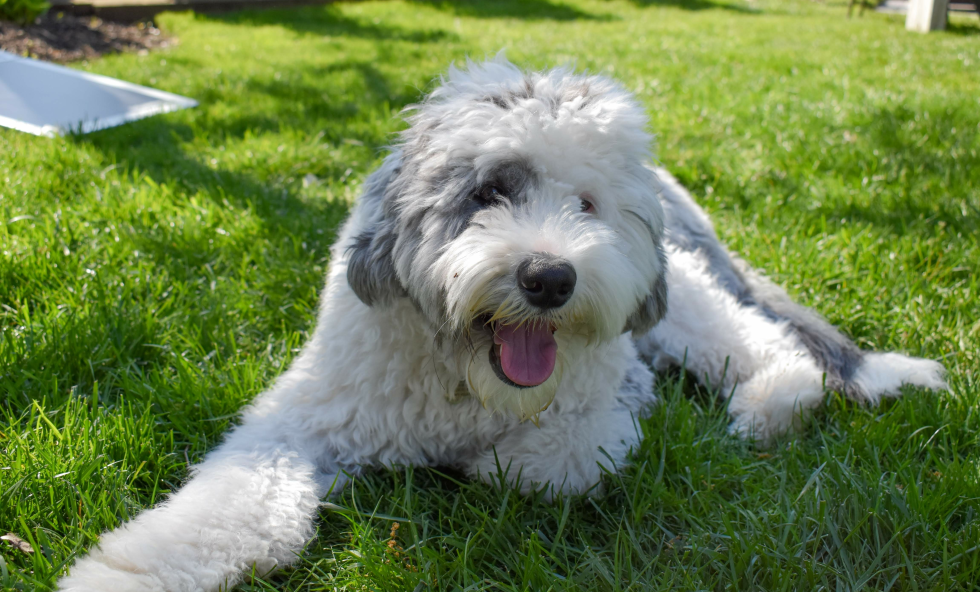
Many breeders market Sheepadoodles as hypoallergenic, but allergy-friendly does not mean allergy-proof. Dander and saliva can still trigger allergic reactions, and their coats trap allergens like dust and pollen.
People with severe allergies often discover too late that their symptoms do not disappear with this breed. Frequent bathing, HEPA air purifiers, and strict cleaning routines become part of daily life, which undermines the “easy-care” myth often used to promote these dogs.
7. Training takes more than weekend classes.

Sheepadoodles are quick learners, but their intelligence means they test boundaries constantly. Simple obedience classes rarely provide enough structure to keep them engaged long-term.
Owners often find themselves enrolled in multiple rounds of training or specialized behavior programs. This constant investment can drain time and resources, especially if behavioral issues develop from inconsistent discipline.
8. Health issues show up earlier than you think.

Joint problems, eye conditions, and certain inherited disorders can affect Sheepadoodles, particularly as they age. Early veterinary bills sometimes surprise owners who assumed mixed breeds are automatically healthier.
Regular screenings, supplements, and sometimes expensive interventions become part of ownership. The costs and emotional toll of managing chronic conditions can shift how families feel about long-term breed ownership.
9. Size surprises people when they grow up.
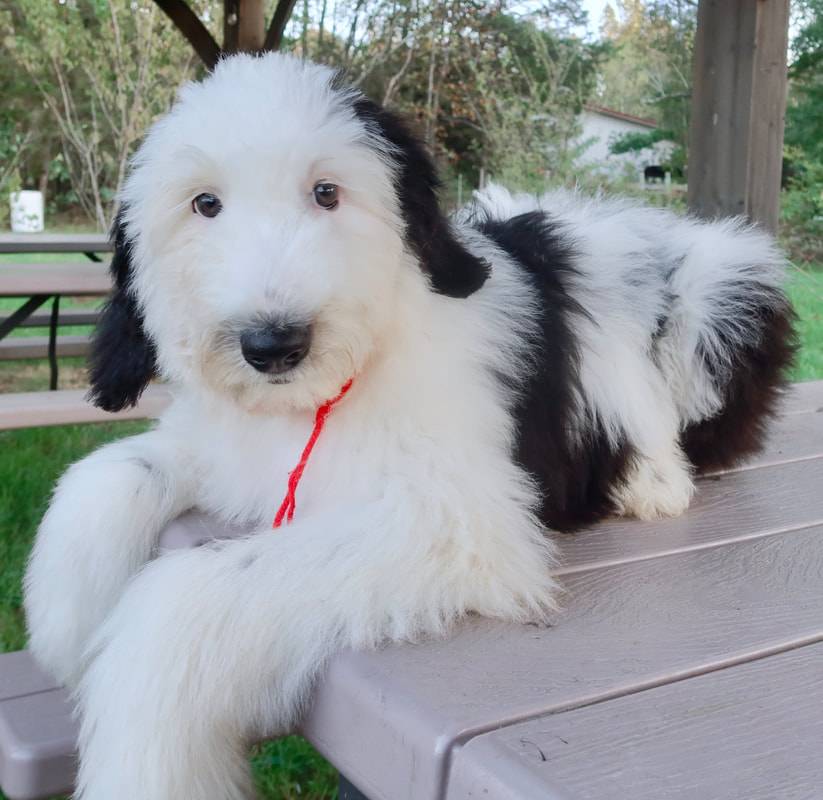
Puppies seem manageable, but Sheepadoodles often mature into large, strong dogs. Their enthusiasm combined with size can unintentionally knock over kids, furniture, or even adults.
Training helps, but their physical power means owners need to be physically capable and committed to leash manners and obedience. Many apartment dwellers eventually realize their living space is simply too small for a full-grown Sheepadoodle.
10. The trend fades but the commitment stays.
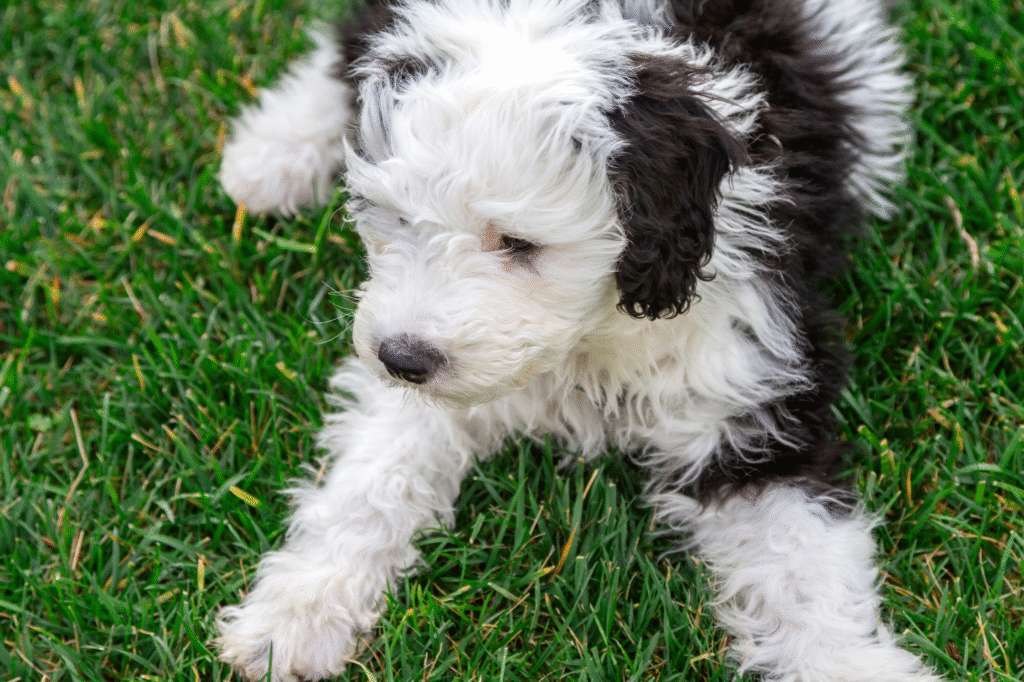
Sheepadoodles gained popularity on social media, which fueled impulse adoptions. Months later, owners discover the lifestyle changes required to keep up with such a demanding breed.
For some, the mismatch leads to surrendering the dog to shelters or rescues. The initial excitement of owning a trendy breed quickly fades when reality sets in, leaving families feeling overwhelmed and regretful.
